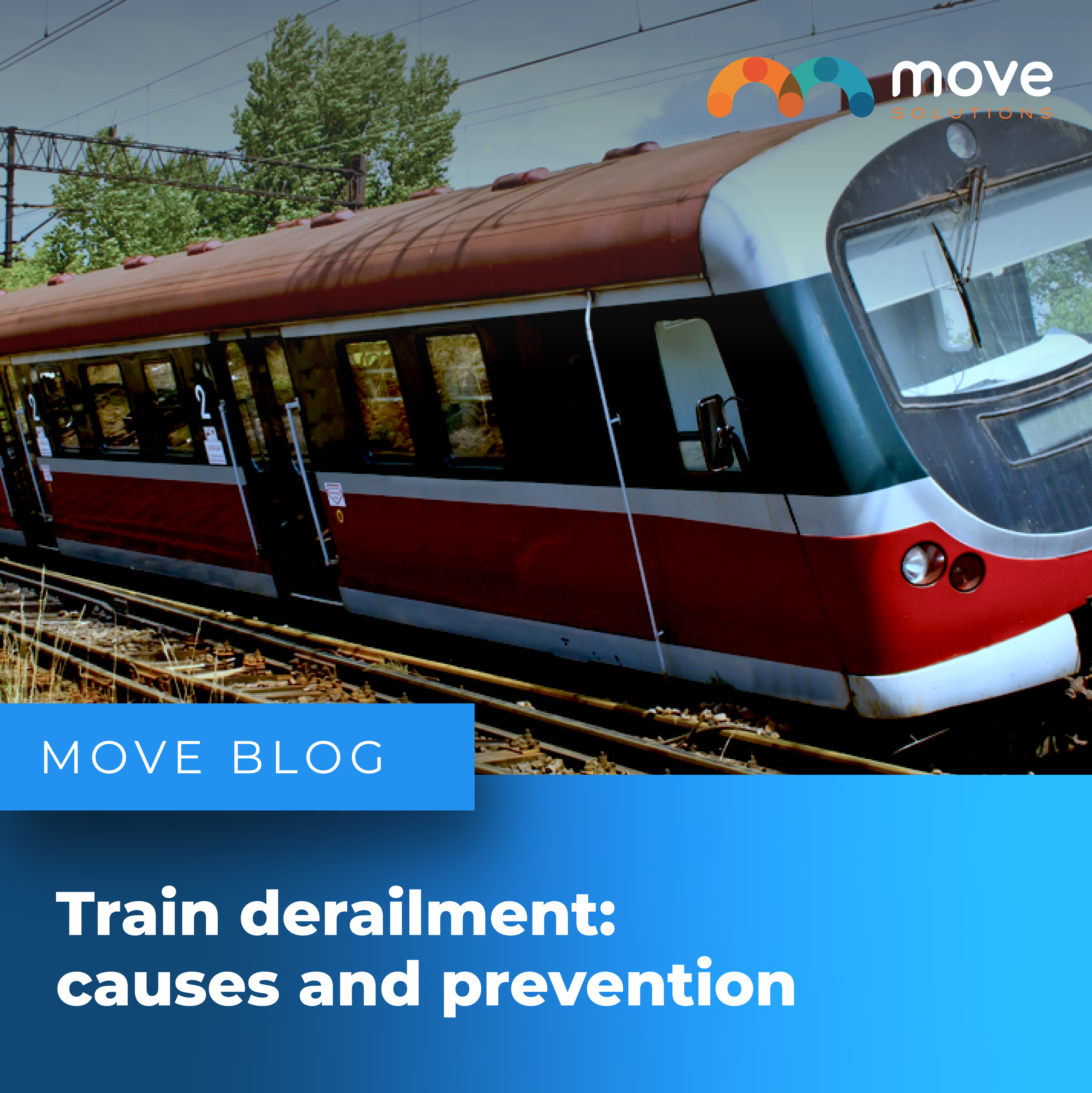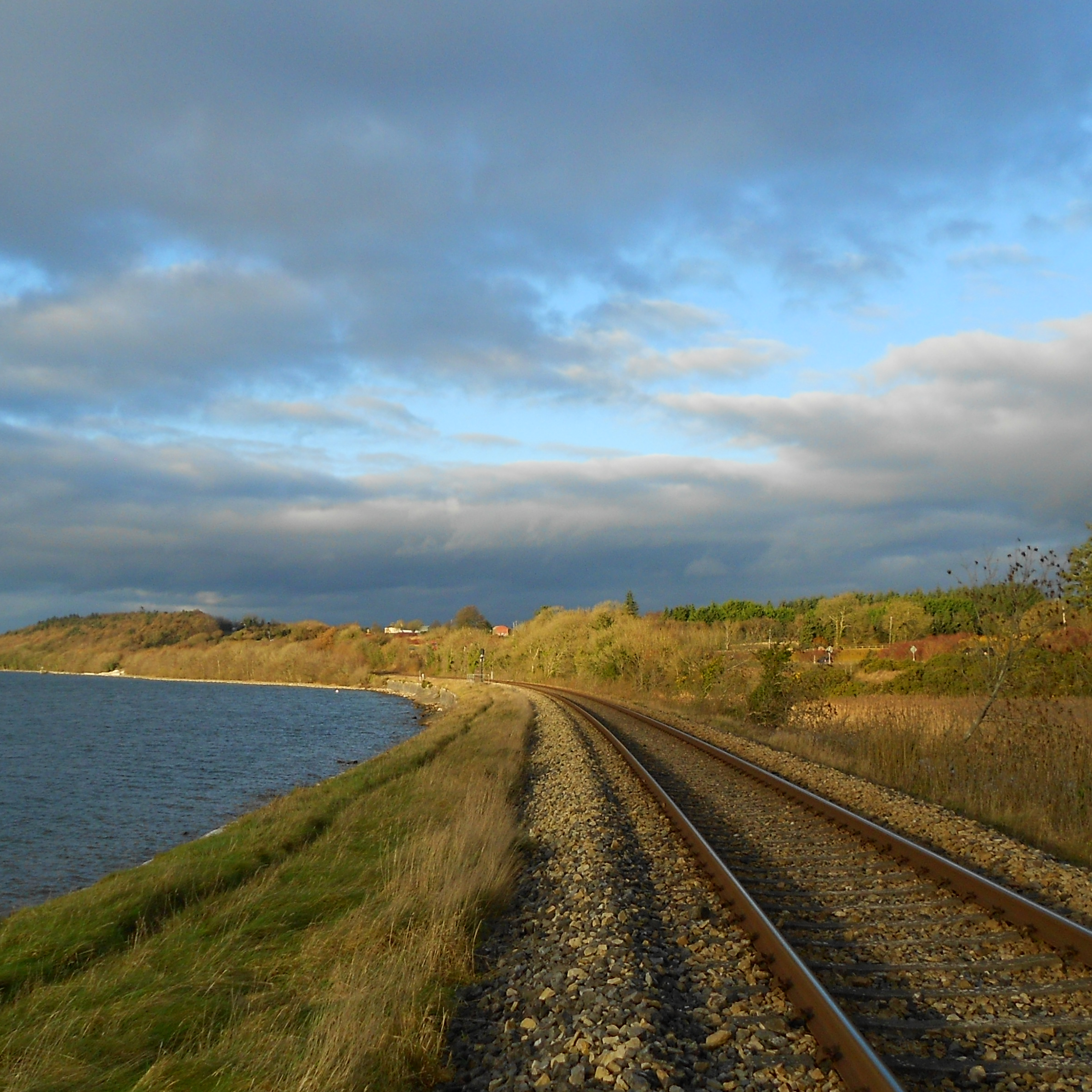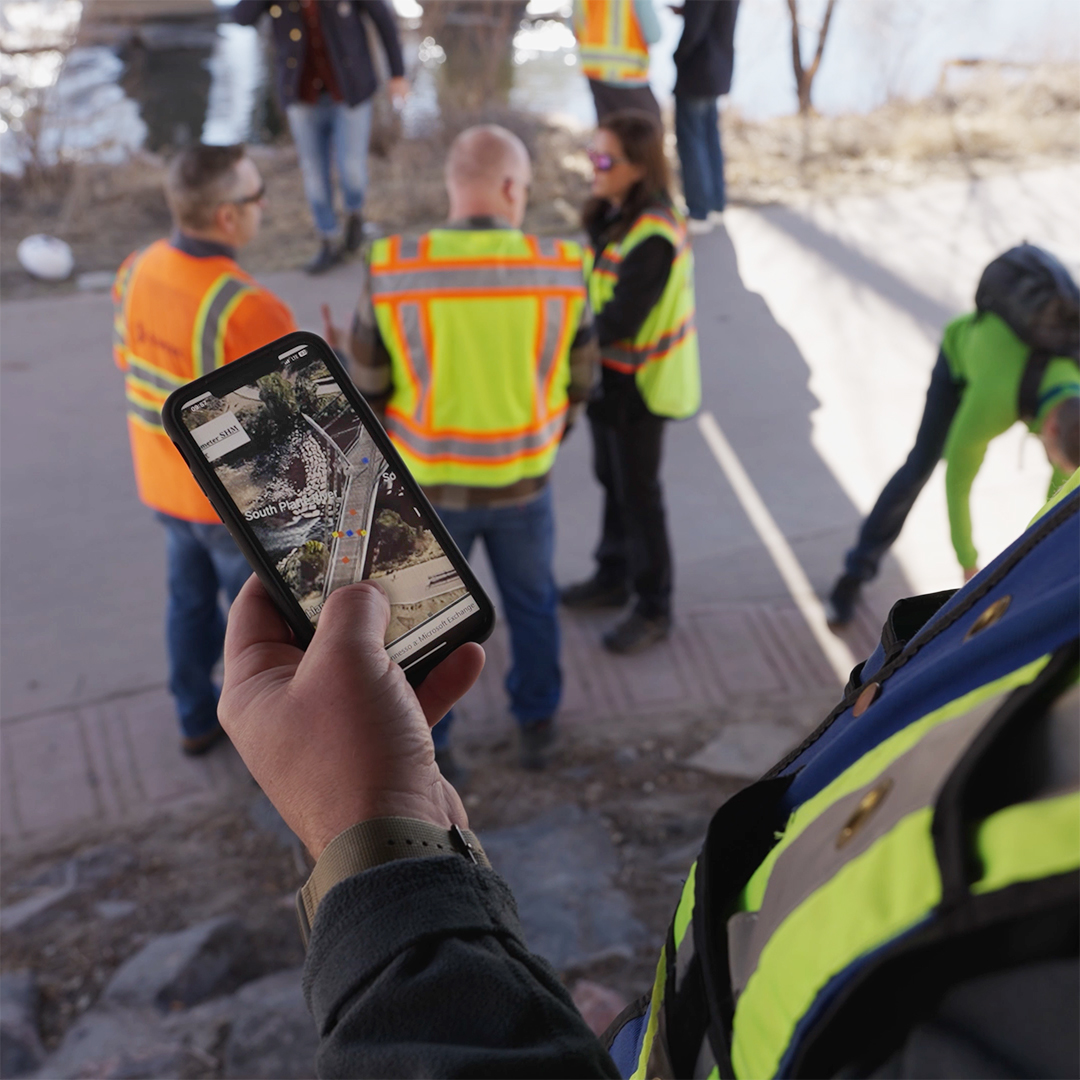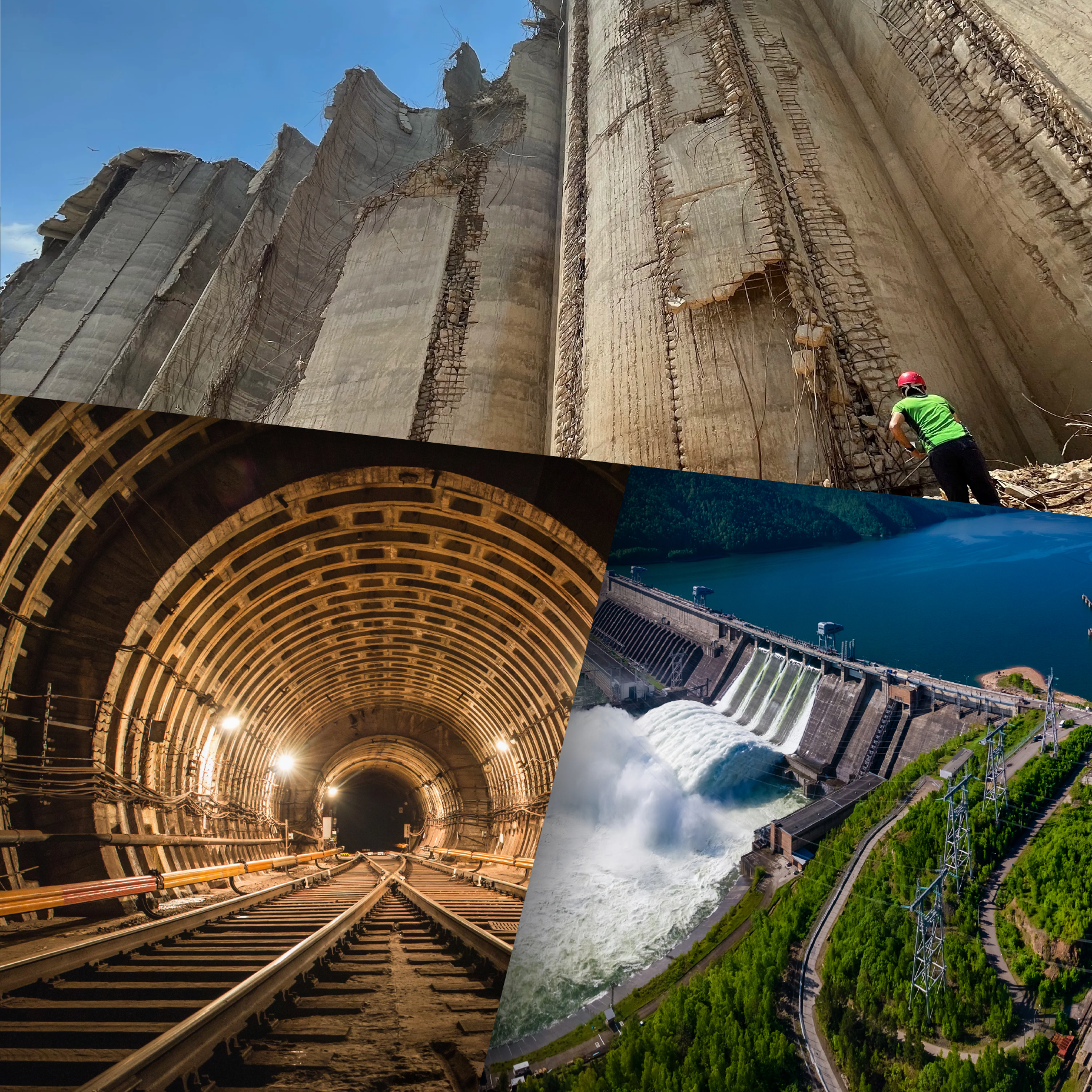Train derailment: causes and prevention
June 2022
Train derailments are not as common as car accidents, however when they happen they are usually deadly. Only in 2019, in the US we had 11,776 train accidents, with a total of 858 lives lost; in Europe during the same year we witnessed 1552 accidents, with 824 fatalities.
What are the reasons behind these accidents?
- Track-related issues are the main reason for train derailments. More than half of those are due to broken rails and welds, while the rest are caused by track geometry, joint bar defects, buckled tracks, wide gauges and other issues.
- Equipment failure is the second most common reason for train derailments and it includes train brakes failure, wheel failure or defects in the locomotive.
- Human error is the third most common cause: speeding, lack of communication with the operators, ignoring safety signs or wrong setup of track switches are all behaviours that can put many lives at risk.
- Environmental factors, such as floods, rockslides, high winds or avalanches, can also be life-threatening when they affect trains carrying people.
How can we prevent train derailments?
In order to prevent railway accidents, avoiding to run the train when the weather is in bad conditions can surely decrease environmental-related causes, while providing rail workers with the right training can help them in making less mistakes. However, for equipment failure and track-related issues the only prevention possible is performing proper inspection and maintenance. Regularly monitoring all rail infrastructures can substantially reduce accidents, like more than any other prevention strategy.
So, if it is so important, why is rail monitoring often not done properly?
In many cases, the problem is cost-related, especially when it comes to track monitoring. Track monitoring is usually still done through costly, complex and time-consuming installations, with cabled and outdated sensors. However, there are now new technologies that are disrupting the way railway monitoring is done.
Smart Rail Monitoring is the answer to provide safer and more efficient railways. It refers to the use of wireless, cost-effective and small devices that allow for remote, real-time and easier monitoring.
To learn more about Smart Rail Monitoring:
- Watch the recording of our webinar to discover the potential of these new technologies.
- Read our article to understand the parameters that needs to be checked and the sensors required for track monitoring.
- Discover our railway monitoring solutions.









